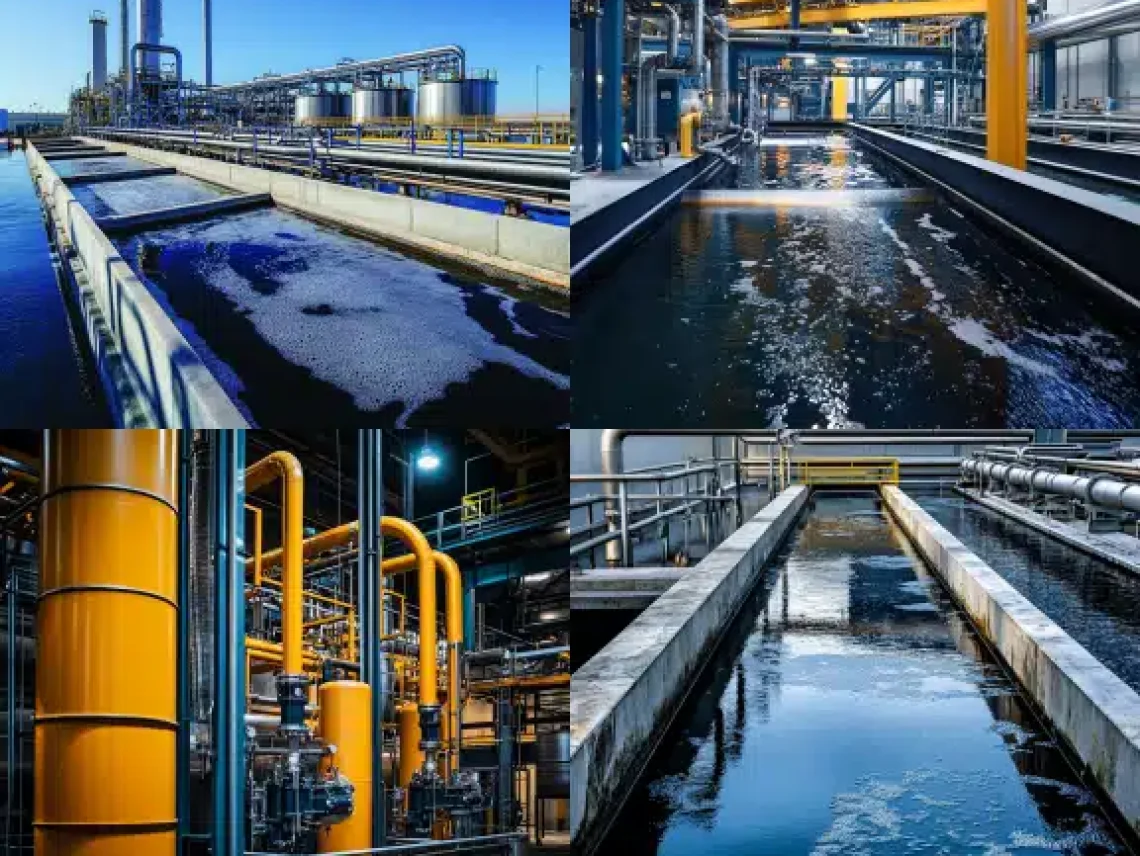Understanding Scrubbers: What They Remove and Why It Matters

Table of Contents
ToggleUnderstanding Scrubbers
In today’s industrial landscape, environmental sustainability demands significant attention. Understanding Scrubbers actively enhance operational performance and reduce the environmental impact of industrial processes. This article explores the world of scrubbers, detailing their functions, benefits, and the reasons industries rely on them.
Introduction
Industries use advanced air pollution control devices, called scrubbers, to eliminate harmful pollutants from exhaust gases before releasing them into the atmosphere.. As environmental regulations tighten globally, the demand for efficient scrubber systems continues to grow. Understanding what scrubbers remove and their significance is essential for appreciating their role in safety and regulatory compliance.
Types of Scrubbers
Scrubbers come in two primary forms: wet scrubbers and dry scrubbers, each designed to address specific types of pollutants.
Wet Scrubbers
Wet scrubbers use liquids, such as water or solutions, to trap and neutralize pollutants in exhaust gases.
- Operational Principle: Polluted gases pass through a liquid medium, where particles and gases are absorbed or captured.
- Industries: Wet scrubbers are widely used in power plants, steel manufacturing, and chemical processing facilities.
- Advantages: These systems effectively remove particulate matter (PM) and acid gases like sulfur dioxide (SO2), making them highly efficient in controlling air pollution
Dry Scrubbers
Dry scrubbers rely on dry alkaline substances, like limestone, to neutralize acidic gases and particles in exhaust emissions.
- Operational Principle: Chemical reactions occur between the dry alkaline agents and acidic gases, neutralizing pollutants.
- Comparison: Although less efficient than wet scrubbers, dry scrubbers are ideal for applications where water use is limited.
- Advantages: These systems efficiently remove gases like hydrogen chloride (HCl) and sulfur dioxide (SO2).
Contaminants Removed with the aid of Scrubbers
Scrubbers effectively target a variety of harmful pollutants commonly found in industrial emissions, including:
- Particulate Matter (PM): Dust, ash, and other fine particles generated during combustion.
- Acid Gases: Sulfur dioxide (SO2) and hydrogen chloride (HCl), which contribute to acid rain and respiratory issues.
- Volatile Organic Compounds (VOCs): Organic chemicals that vaporize into the air and harm the environment.
Environmental Benefits of Using Scrubbers
The implementation of scrubbers yields several environmental blessings:
- Improved Air Quality: By getting rid of risky pollution, scrubbers contribute to cleaner air and reduce health dangers for close by companies.
- Regulatory Compliance: Helps industries meet stringent emissions standards and keep away from fines for non-compliance.
Economic Considerations
Scrubber systems require significant initial investment, but they provide substantial long-term benefits:
- Cost Savings: Scrubbers actively lower operational costs by reducing emissions-related fines and penalties.
- Operational Efficiency: These systems boost performance and minimize the environmental impact of industrial operations.
Case Studies
Industries across various sectors actively use scrubbers to improve environmental performance:
- Power Generation: Coal-fired power plants rely on scrubbers to significantly reduce sulfur dioxide emissions and enhance air quality.
- Chemical Manufacturing: Chemical processing facilities implement scrubbers to control VOC emissions and comply with environmental regulations.
Future Trends in Scrubber Technology
Advancements in scrubber technology focus on enhancing sustainability and performance:
- Innovation: Engineers design new scrubbers to improve efficiency while reducing water and energy consumption.
- Integration: Developers incorporate IoT and smart technologies to enable real-time monitoring and optimize system performance.
Need a reliable partner?
FAQ’s
What are scrubbers?
Scrubbers actively remove harmful pollutants from industrial exhaust gases before releasing them into the environment. These devices play a vital role in controlling air pollution.
What forms of scrubbers are there?
Industries primarily use two types of scrubbers: wet scrubbers and dry scrubbers. Each type addresses specific pollutants and operational needs.
How do wet scrubbers work?
Wet scrubbers spray liquid, such as water or a solution, onto polluted exhaust gases. The liquid captures the pollutants, allowing industries to collect and remove them effectively.
How do dry scrubbers work?
Dry scrubbers use alkaline materials, like limestone, to neutralize acidic gases and particulates in exhaust streams. This process relies on chemical reactions to clean the air.
What pollutants do scrubbers get rid of?
Scrubbers target a variety of pollutants, including particulate matter (PM), acid gases like sulfur dioxide (SO2) and hydrogen chloride (HCl), and volatile organic compounds (VOCs). These pollutants are removed to improve air quality and reduce environmental harm.
Solutions
In the realm of industrial solutions, Red River emerges as a pioneer, offering a diverse range of custom-engineered products and facilities. Among our specialties is the design and production of Custom/OEM Pressure Vessels, meticulously crafted to meet individual client requirements, ensuring performance under various pressure conditions. Our expertise extends to the domain of prefabrication, where Red River leads with distinction.
The company excels in creating prefabricated facilities, modules, and packages, reinforcing its stance as a forerunner in innovation and quality. This proficiency is further mirrored in their Modular Skids offering, where they provide an array of Modular Fabricated Skid Packages and Packaged equipment. Each piece is tailored to client specifications, underlining their commitment to delivering precision and excellence in every project they undertake.
